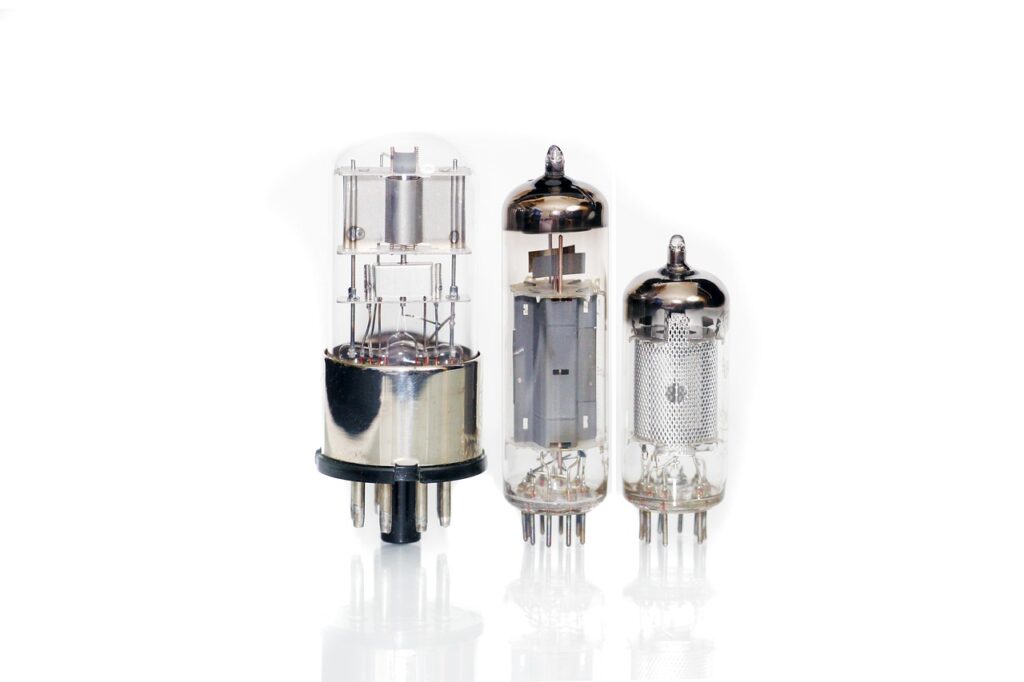Hi-Fi Hall of Fame
Technology Inductee
Vacuum Tube
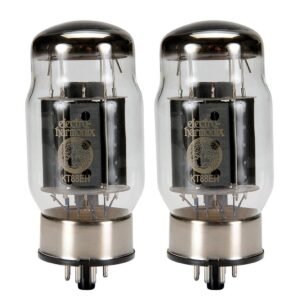
A vacuum tube is an electronic device that controls electric current flow in a high vacuum between electrodes to which an electric potential difference has been applied. The best known type is the “thermionic” tube (or thermionic valve) which utilizes thermionic emission of electrons from a hot cathode for fundamental electronic functions such as signal amplification and current rectification.
Vacuum tubes were an essential component of early electronics that revolutionized the way we listen to music and watch television. They were the first electronic amplifying devices used in radios, televisions, and other audio equipment. Vacuum tubes allowed for much higher fidelity sound than previously possible with mechanical components. They enabled engineers to create more powerful amplifiers, which in turn led to higher quality sound reproduction and clearer pictures on television screens. Vacuum tubes also enabled the development of new technologies such as oscilloscopes and radar systems.
Vacuum tubes were also an essential component in the emergence of High Fidelity sound. They were used in the first tuners and amplifiers in both professional and home settings. The impact of vacuum tubes on high fidelity electronics is still felt today, as many modern audio systems still rely on vacuum tube technology for their superior sound quality.

Vacuum Tube – Key Facts
| Technology | Vacuum Tube (also known as Thermionic Valve) |
| Developers | Thomas Edison, Lee De Forest |
| Key Capabilities | Amplification Rectification Radio reception Electronic control Visual display |
| Invented | 1906 |
Development of the Vacuum Tube
The invention of the vacuum tube can be attributed to two key individuals who made significant contributions. Thomas Edison, in the late 19th century, discovered the “Edison effect,” which involved the emission of electrons from a heated filament in a vacuum. This was the “spark” that led directly to the development of the vacuum tube.

A few years after Edison’s discovery, an inventor named Lee De Forest developed the first vacuum tube. In 1906, De Forest produced the “Audion,” a triode vacuum tube capable of amplifying weak electrical signals. The Audion consisted of a heated filament (cathode), a positively charged plate (anode), and a control grid situated between them. By applying a voltage to the control grid, the flow of electrons from the cathode to the anode could be modulated, enabling signal amplification.
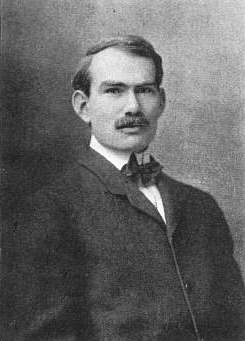
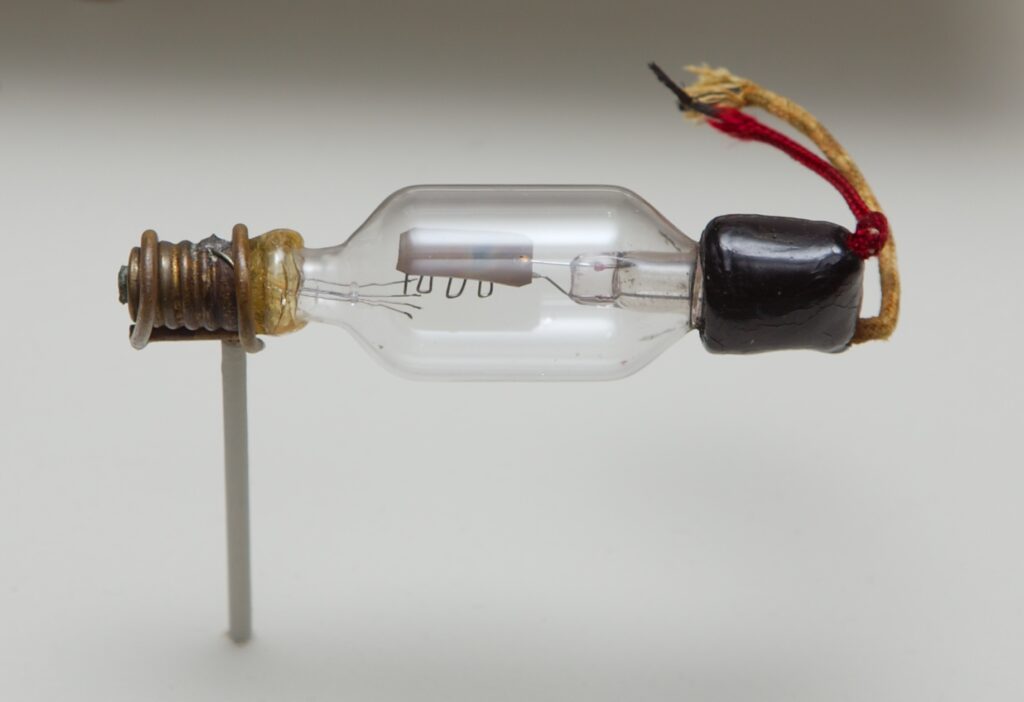
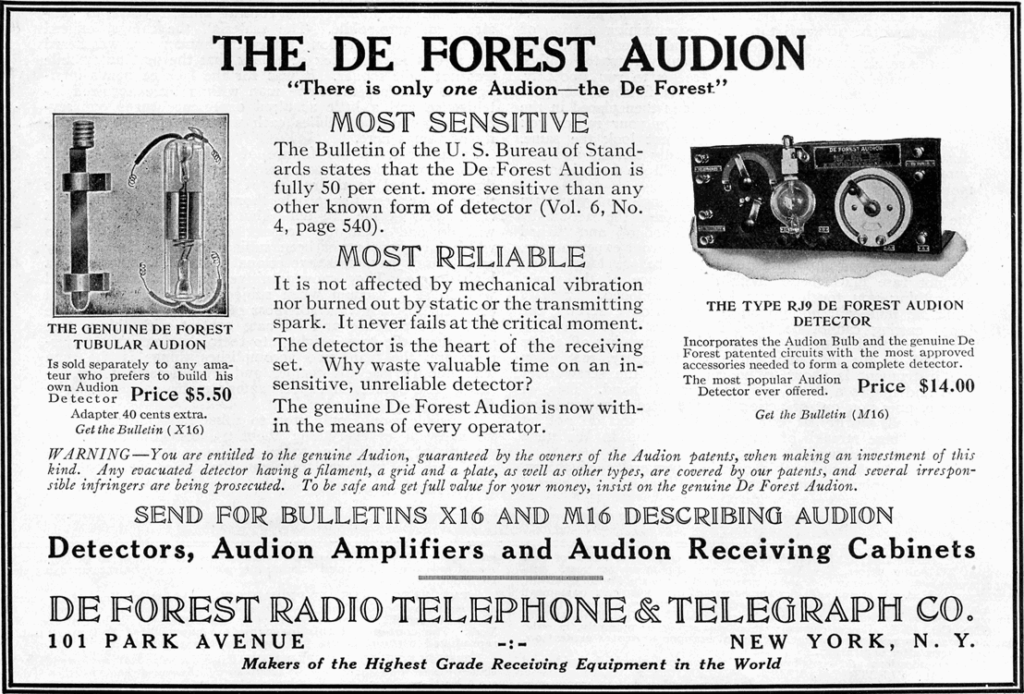
Tetrode and Pentode Tubes
In the 1920s, additional elements were introduced to the basic triode design. Tetrode tubes included a screen grid between the control grid and anode, reducing unwanted capacitance and improving performance. Pentode tubes added a suppressor grid to further enhance performance, reduce feedback, and increase efficiency.
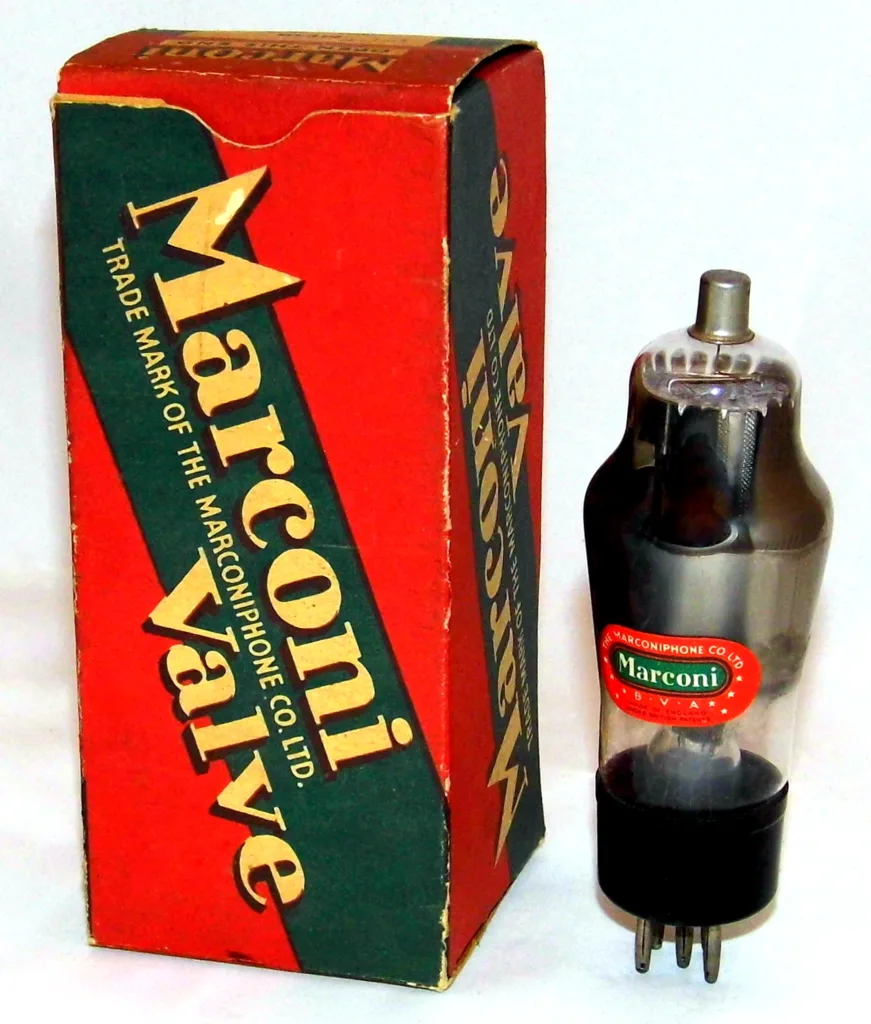
Cathode Ray Tubes
Later, engineers developed Cathode Ray Tubes (CRTs) which could project an image onto a glass display. They utilized a heated cathode and an electron beam focused by electromagnetic fields. CRTs were used in television sets, computer monitors, oscilloscopes, and some high end Hi-Fi components.
Power Tubes
High power vacuum tubes, such as the beam tetrode and the power pentode, were developed for applications requiring significant amplification or energy output. These tubes were commonly used in audio power amplifiers and radio transmitters.
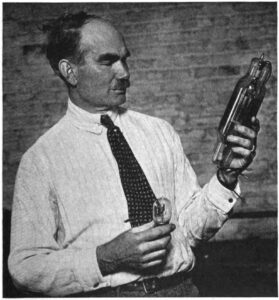
Vacuum Tubes in Hi-Fi Equipment
In the early days of Hi-Fi, vacuum tubes were commonly used in the radio tuner, preamplifier, and power amplifier stages of high fidelity equipment. Radio tuners used vacuum tubes as oscillator and detectors to demodulate the radio signal and convert the signal into audio. In preamplifiers, tubes were used to amplify and shape the audio signal before it reaches the power amplifier, providing tonal control and adding a touch of warmth. Tube preamplifiers are known for their ability to preserve delicate details and nuances in the music, resulting in a more immersive and lifelike listening experience.
Power amplifiers employing vacuum tubes offer exceptional power delivery and fine control over speaker drivers. The unique characteristics of tubes allow for precise control of the output signal, resulting in improved linearity and reduced distortion. This translates into a cleaner and more accurate representation of the original recording, ensuring that the listener experiences the music as intended by the artist.
Moreover, vacuum tubes are highly regarded for their ability to drive inefficient or demanding loudspeakers. Their high voltage capability and low output impedance make them well-suited for driving speakers with complex impedance curves, ensuring optimal power transfer and improved speaker control. This synergy between tube amplifiers and speakers enables the reproduction of music with enhanced realism and dynamics.
Classic Tube Hi-Fi Equipment
In the days before solid state components were available, all Hi-Fi equipment used vacuum tubes. Many of these classic machines are still highly regarded today, not just as collectibles, but as parts of every day systems. Here are some of those classic Hi-Fi components.
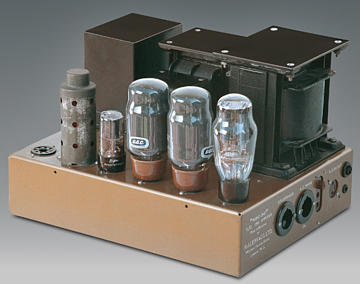
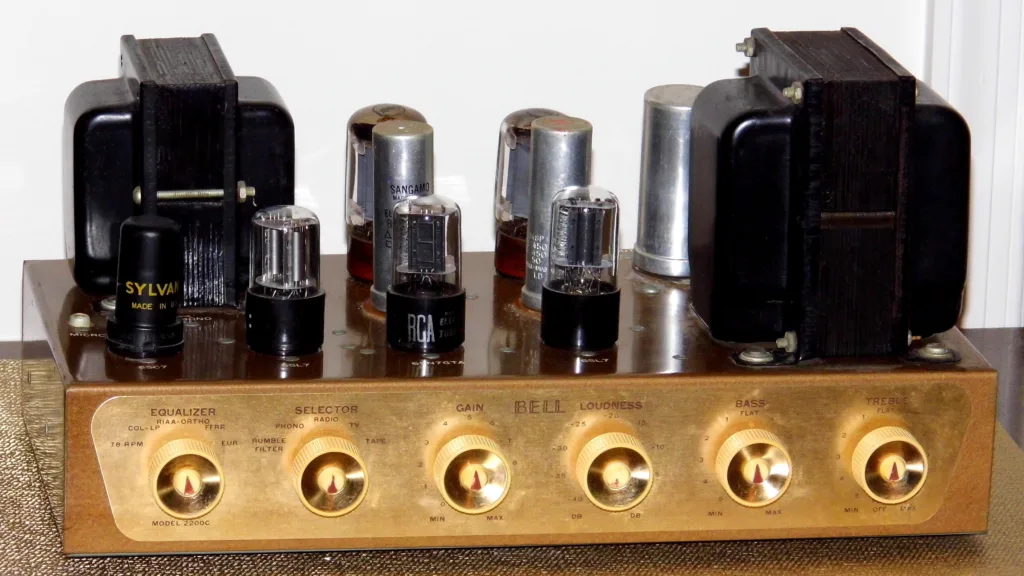



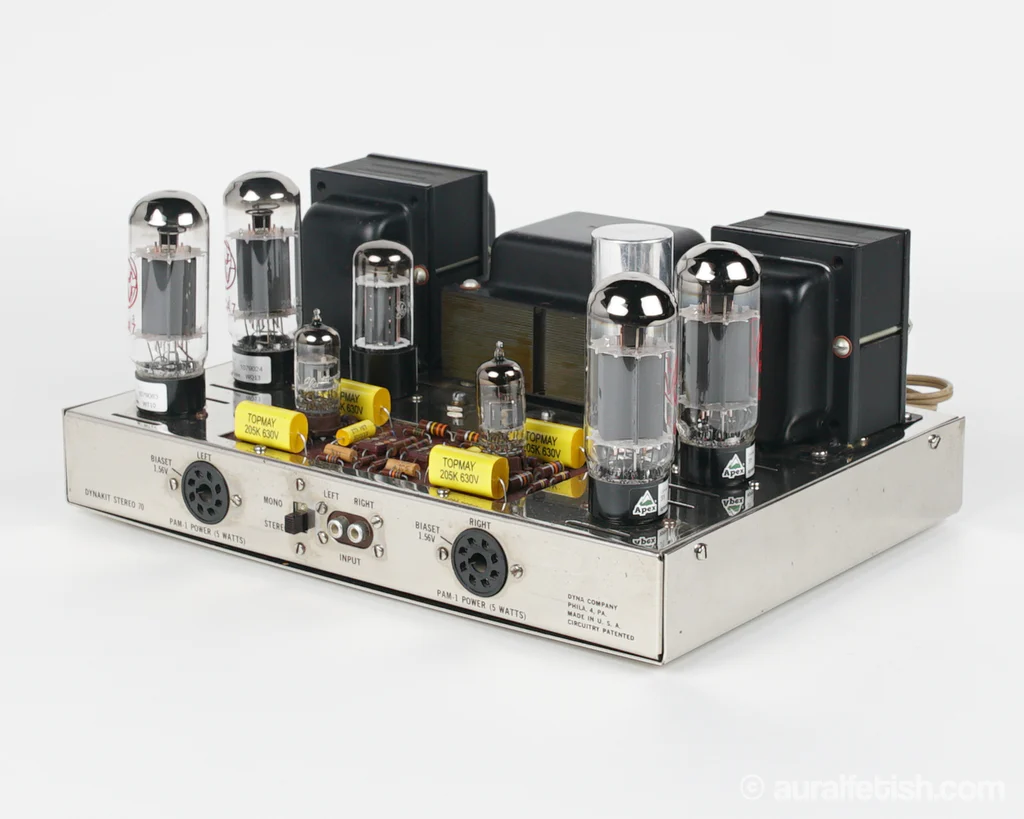
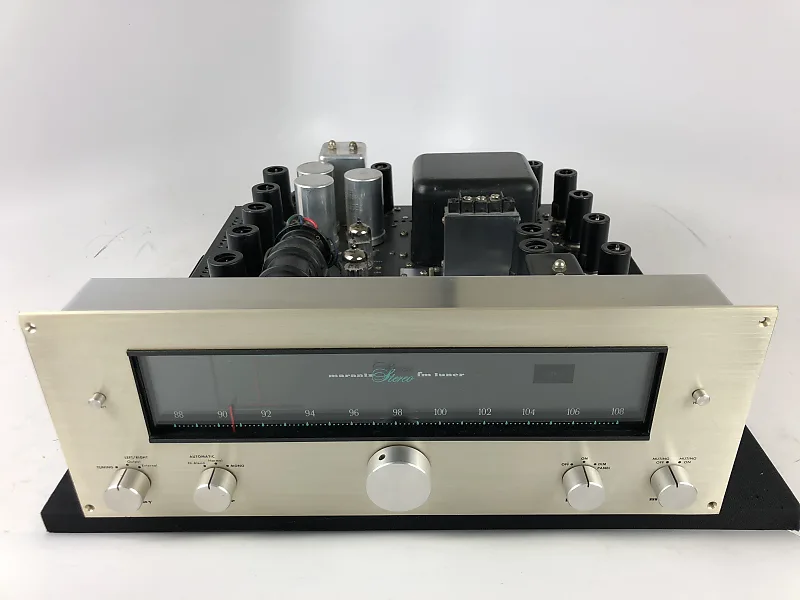
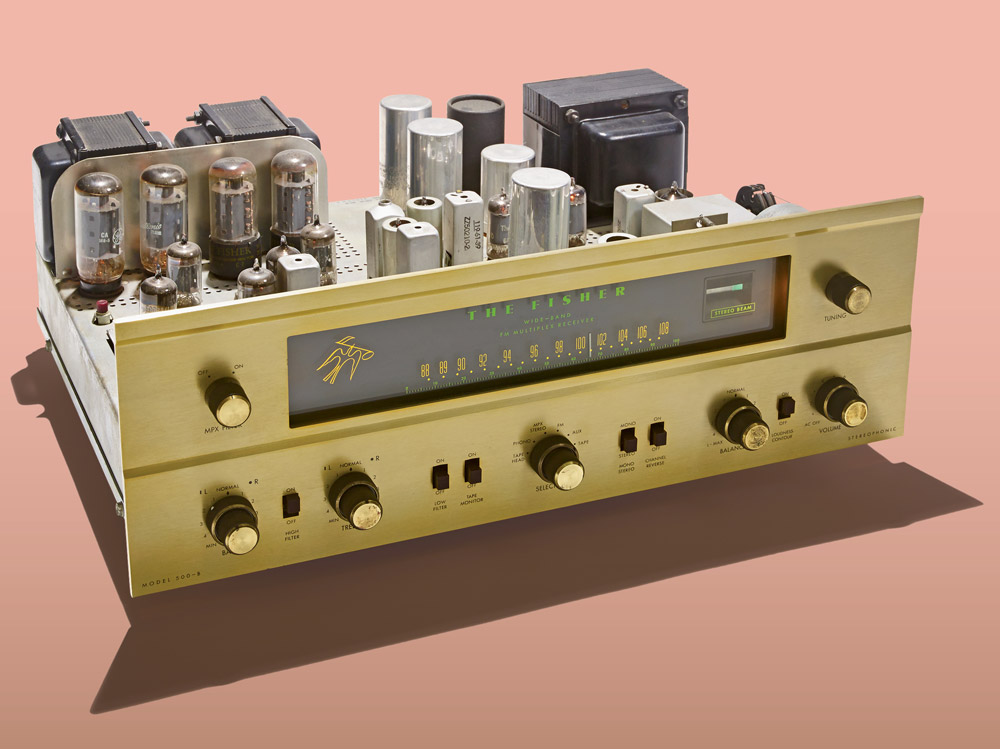
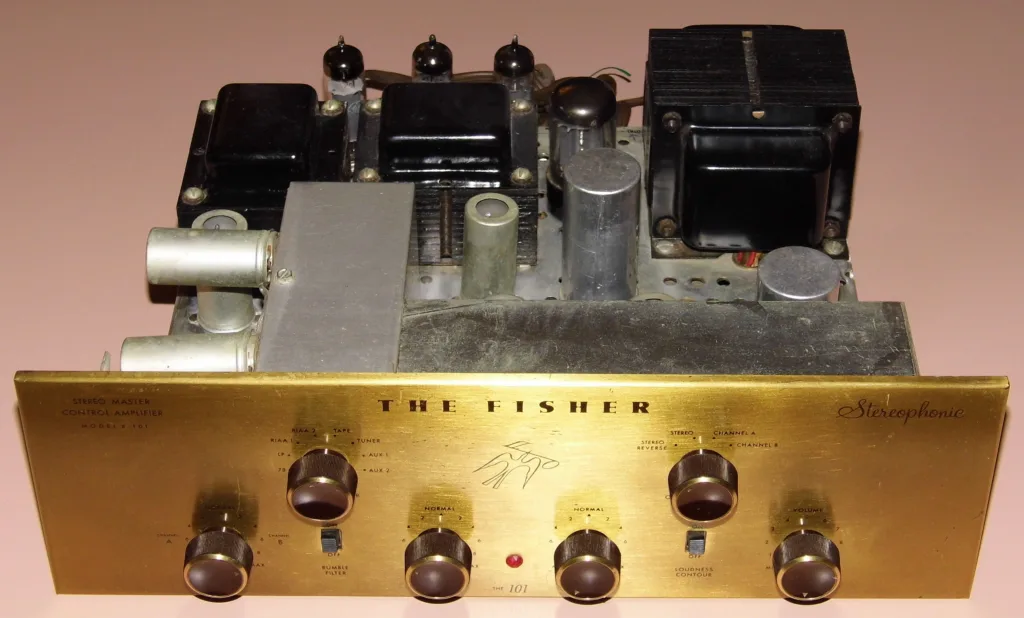
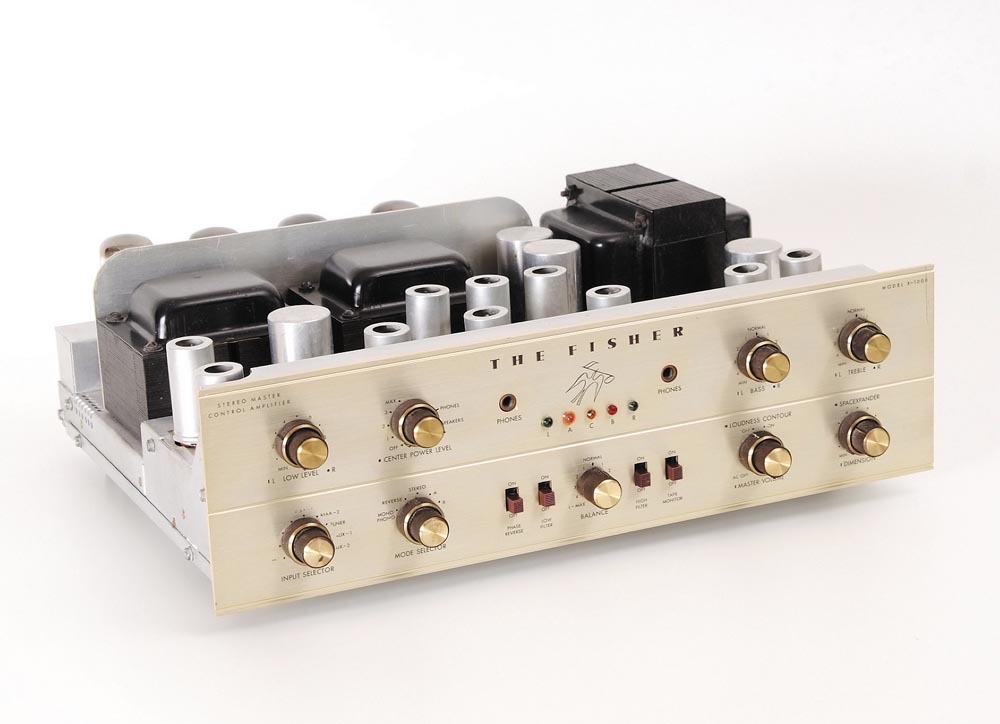
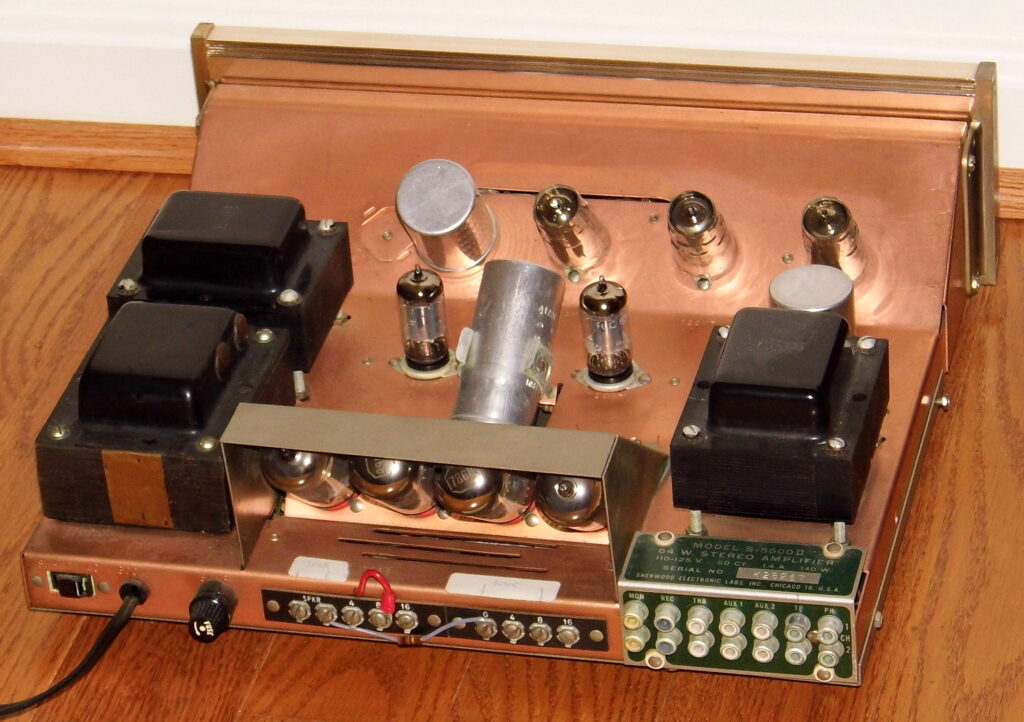
Modern Tube Equipment
More than a hundred years after De Forest’s invention of the vacuum tube, there are still a few manufacturers making vacuum tube-based equipment today. Some of this equipment is very high end, expensive equipment, but there are many affordable components available as well. Here are some examples of modern vacuum tube components.
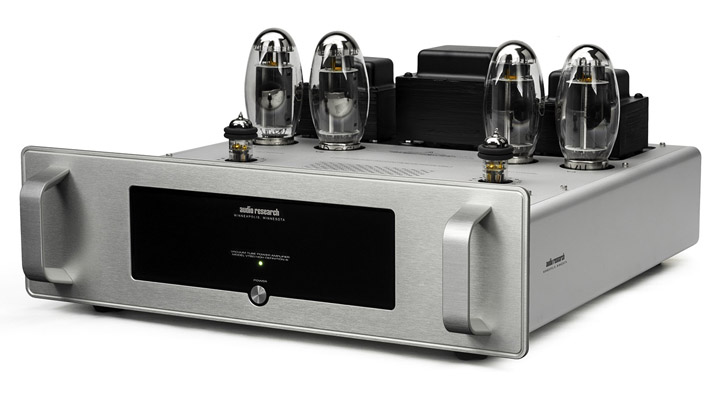

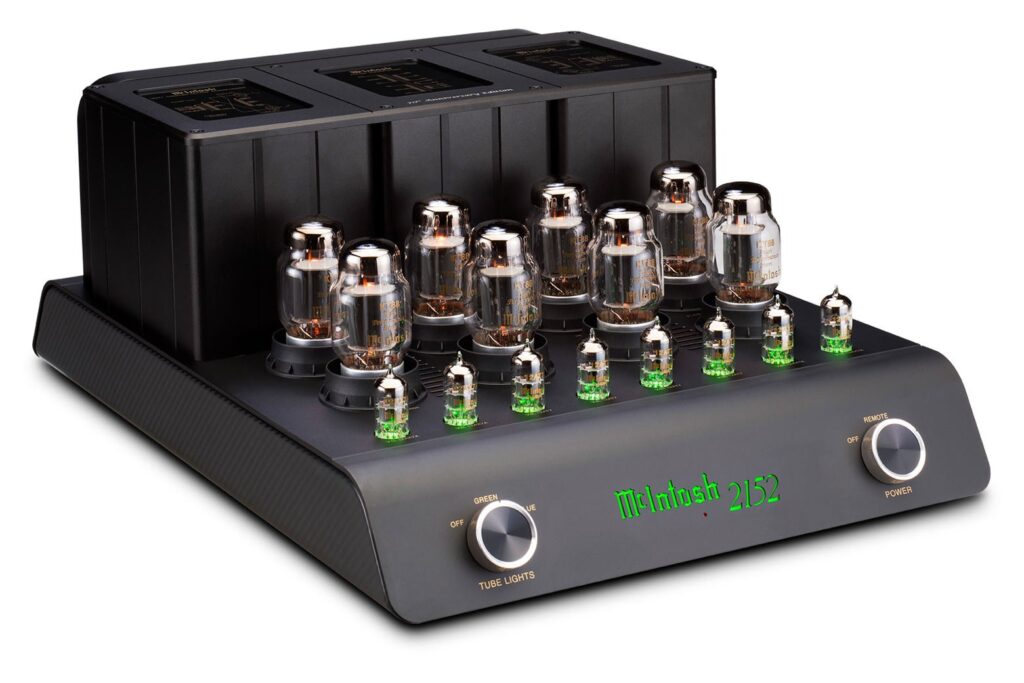

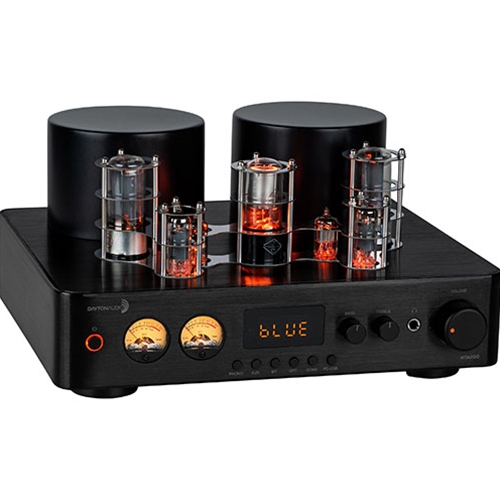
Impact of the Vacuum Tube on Hi-Fi
Looking back, it’s clear that the vacuum tube had an immense impact on Hi-Fi as a pastime. The invention and evolution of vacuum tubes made it possible to build the radios, amplifiers, and tape recorders that made up a Hi-Fi system in the first half of the 20th century.
While vacuum tubes provided essential electronic functions, they had inherent limitations. They consumed significant power, generated a lot of heat, and were relatively large and fragile compared to later electronic components. However, vacuum tubes played a critical role in the advancement of Hi-Fi technology until the development of the transistor in the late 1940s.
The invention of the transistor marked a significant turning point in electronics, as it offered numerous advantages over vacuum tubes, including smaller size, lower power consumption, greater durability, and improved reliability. Transistors eventually replaced vacuum tubes in most applications, leading to the rapid miniaturization and advancement of electronic devices.
The resurgence of vacuum tubes in high fidelity equipment shows the enduring appeal and unique sonic characteristics that they bring to audio reproduction. Despite being considered outdated for many years, vacuum tubes have found a dedicated following among audiophiles seeking a rich, musical, and engaging listening experience.
One of the key reasons for the renewed interest in vacuum tubes is their characteristic sound. Vacuum tubes impart a warm, rich, and harmonically pleasing quality to audio signals, often described as “tube warmth.” This inherent musicality adds a depth and presence to the music that many audiophiles find captivating. Unlike solid-state components, vacuum tubes introduce subtle harmonic distortions and even-order harmonics, which contribute to a more natural and pleasing sound reproduction.
Another aspect of vacuum tubes is their ability to handle high voltage swings and power levels. This attribute allows them to deliver significant headroom and dynamic range, making them well-suited for high fidelity audio reproduction. Vacuum tube amplifiers can effortlessly handle complex and dynamic musical passages, ensuring a faithful and engaging listening experience.
Induction to the Hi-Fi Hall of Fame
Development of the vacuum tube was an essential step in the development of “Hi-Fi”. Vacuum tubes allowed music enthusiasts to build a sound system in their home to listen to radio broadcasts, records, and tape recordings of their favourite artists. Tubes changed our culture, by bringing high fidelity music inside the home. Finally, despite the emergence of technically superior technologies such as the transistor and the integrated circuit, vacuum tubes are still going strong, powering lots of Hi-Fi systems all over the world!
For all of these reasons, the vacuum tube is inducted into the Hi-Fi Hall of Fame.
